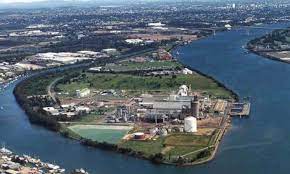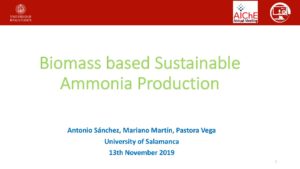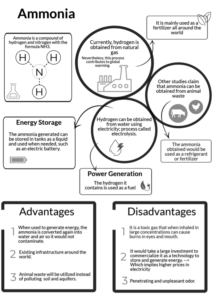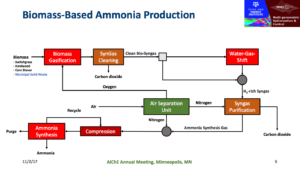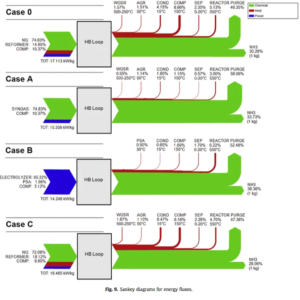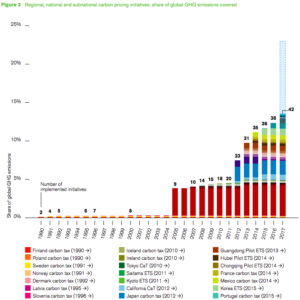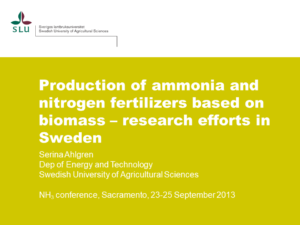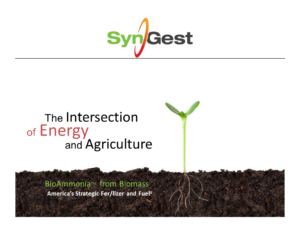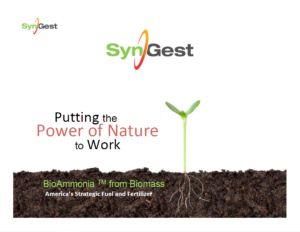Certified renewable, bio ammonia incorporated into new supply chains
ISCC PLUS-certified renewable ammonia from Fertiglobe will be used in a low-carbon laundry powder demonstration project by Unilever in India. In Germany, bio-ammonia produced by OCI Global (also ISCC PLUS-certified) will be used to produce methylmethacrylate, a key feedstock in PLEXIGLAS® production. The two announcements join a number of supply chains which have now incorporated low-carbon and renewable ammonia.

